My daughter came home from school with tears in her eyes. She had misspelled a word on her spelling test. It was a moment that made my heart sink. But as I comforted her, I saw a chance to help her grow.
Learning from mistakes is a big topic in research, as Cohen and Sherman (2014) show in the “Annual Review of Psychology.”1 Mistakes are key to learning and growing. They help us become stronger and more resilient. By seeing mistakes as chances to learn, we can help our kids grow.
In this article, we’ll talk about how to help kids learn from mistakes. We’ll show them that errors are chances to grow and learn. By being supportive and teaching a growth mindset, we can help our kids succeed in life.
Key Takeaways
- Mistakes are essential for learning and personal growth.
- Reframing mistakes as learning opportunities can boost a child’s self-confidence and resilience.
- Creating a safe, supportive environment for making mistakes is crucial for child development.
- Promoting a growth mindset helps children embrace challenges and learn from their errors.
- Parental guidance and communication strategies can empower kids to learn from their mistakes positively.
Understanding the Psychology of Mistakes in Child Development
Children make mistakes as they grow, which shape their self-worth and brain development. Making mistakes is a natural part of learning. How parents and caregivers react to these mistakes greatly affects a child’s mental health and school success.
The Impact of Mistakes on Children’s Self-Worth
Mistakes can affect a child’s self-worth. Research shows that kids with a stronger error-related negativity (ERN) signal do better in school2. Yet, those with higher anxiety also show stronger ERN signals, showing the complex link between mistakes and self-image2.
How Brain Development Relates to Error Processing
Studies reveal that recognizing an error takes at least 200 ms after it happens2. This delay is due to the brain’s ongoing development, especially in the cingulate cortex, which matures into the late 20s2.
The Role of Emotional Resilience
Our brains become more connected when we make mistakes, sparking electrical signals3. Those with a growth mindset, seeing mistakes as learning chances, show more brain activity and correct errors better3. Building emotional resilience and a positive view of mistakes is key for children to succeed and reach their potential.
| Mistake-Making and Brain Development | Key Findings |
|---|---|
| Error-Related Negativity (ERN) |
|
| Brain Activity and Mistakes |
|
Creating a Safe Environment for Making Mistakes
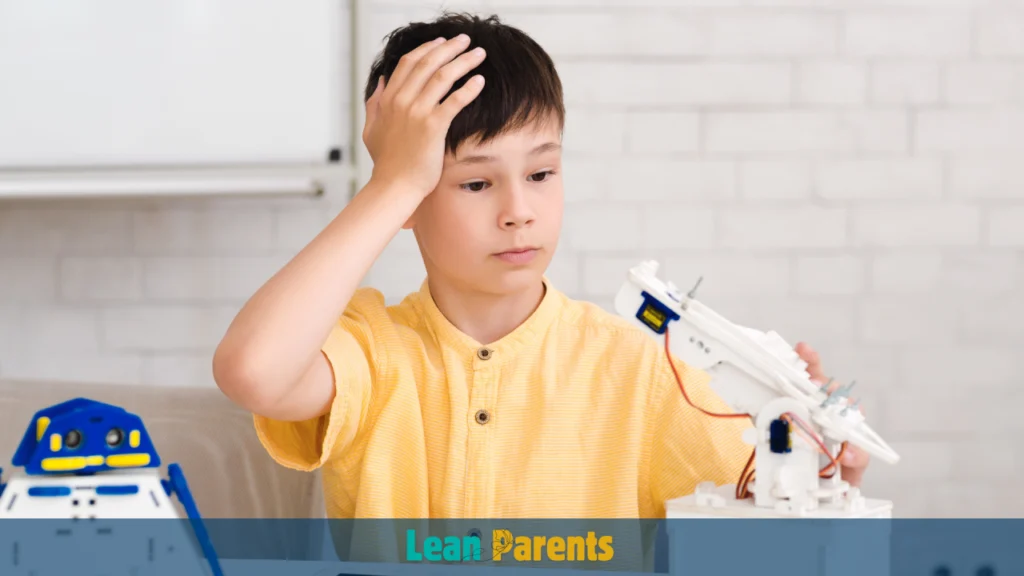
Creating a supportive, mistake-friendly environment is key for kids’ learning and growth. As parents, we should not criticize too much. This can hurt a child’s self-worth and make them afraid to try new things4. By making a safe space, we help our kids keep going even when things get tough5.
It’s good to see mistakes as chances to learn. When kids think this way, they’re more open to challenges5. We should celebrate their hard work, praise their progress, and tell them mistakes are part of learning.
- Encourage a culture of curiosity and experimentation, where children feel safe to explore and take calculated risks.
- Model a positive attitude towards your own mistakes, demonstrating how to approach them with resilience and a problem-solving mindset.
- Provide a supportive, empathetic response when your child experiences a setback, focusing on the lessons learned rather than the failure.
By valuing growth over perfection, parents help kids become confident and resilient4. This kind of environment helps kids love learning and be brave to face new challenges5.
Remember, being supportive and accepting of mistakes is vital for kids’ learning and growth4. With patience and guidance, parents can turn mistakes into valuable lessons. This builds a strong base for their kids’ future success5.
The Power of Growth Mindset in Learning from Errors
Having a growth mindset changes how we see mistakes. It makes us see them as chances to grow and get better. This is different from a fixed mindset, where mistakes are seen as personal failures, stopping us from learning and moving forward6.
Fixed vs Growth Mindset Responses to Mistakes
Those with a growth mindset see challenges as ways to learn and grow new skills6. They know that intelligence and skills can grow with effort and hard work. On the other hand, people with a fixed mindset might get discouraged by learning hurdles, thinking their abilities can’t change6.
Building Confidence Through Challenge
Adopting a growth mindset also boosts confidence and resilience when facing learning challenges. People who think their skills can grow are more likely to keep trying, even when it’s hard. This mindset helps students stay determined and keep going, as Dr. Angela Duckworth’s work on grit shows6.
But, some argue that focusing too much on growth mindset and effort might ignore the importance of teachers and schools in helping students succeed6. Carol Dweck has also warned that simplifying growth mindset too much can miss the point. She says it’s not just about trying hard, but also about getting positive feedback and constructive criticism to really improve6.
In the end, embracing a growth mindset is a powerful way for kids to learn from mistakes and grow in confidence. By seeing mistakes as chances to learn, parents and teachers can create a supportive environment. This environment encourages resilience, hard work, and a love for learning7.
Teaching Kids to Learn from Mistakes

Helping children understand and embrace their mistakes is key to fostering a growth mindset. Cultivating a growth mindset lets kids see errors as chances to learn, not threats to their self-worth8. By teaching them to analyze and reflect on mistakes, parents can help them learn from failure and succeed in the long run8.
One good way is error analysis – getting kids to break down mistakes, understand why they happened, and find solutions9. This method helps kids think critically and learn from mistakes, not just avoid them9. By focusing on the journey, not just the end result, parents create a space where mistakes are seen as chances to grow8.
Also, asking kids questions can help them think deeply about their mistakes and improve their learning9. Questions like “What did you learn from this?” or “How could you do it differently next time?” encourage kids to reflect and take charge of their learning9.
| Mistake-Handling Strategies | Benefits |
|---|---|
| Encourage Error Analysis | Develops critical thinking and problem-solving skills |
| Promote Reflection on Learning | Fosters a growth mindset and resilience |
| Focus on the Process, Not Just Outcomes | Emphasizes the value of learning from mistakes |
By using these strategies, parents can help their kids see mistakes as a normal part of learning. This builds resilience and prepares them for future challenges10. It also boosts their academic performance and helps them develop important life skills for success10.
“Mistakes are not something to be ashamed of, but rather opportunities to learn and grow. By embracing this mindset, children can unlock their full potential and develop the skills needed to thrive in the 21st century.”
Parental Strategies for Mistake Management
As parents, we are key in helping our kids learn from mistakes. We create a supportive space and use good communication. This lets them see mistakes as chances to grow and learn11.
Communication Techniques
Listening well and being empathetic are crucial when talking about mistakes. Don’t criticize or judge. Instead, let them share their feelings and thoughts12.
Start conversations by asking questions like “What did you learn?” or “How can you do it differently next time?”
Give feedback that’s about the effort, not just the result. Talk about the good steps they took and suggest ways to get better. This boosts their confidence and strength1.
Supporting Without Rescuing
It’s hard not to want to shield our kids from mistakes. But it’s vital to let them face challenges and learn from them12.
Help them own up to their actions and find their own solutions. This helps them grow, learn problem-solving, and understand their abilities better111.
Using these strategies, we can help our kids become resilient and self-aware. They’ll be ready for life’s ups and downs. Learn more ways to support your child’s.
The Role of Productive Failure in Learning
Learning from mistakes is key in education. Manu Kapur talks about “productive failure.” It’s when we intentionally make mistakes to learn more and remember better13.
Research shows that fixing mistakes can help students learn more than avoiding them13. In math classes, Japanese teachers who talked about mistakes had students do better than those in the U.S13..
“Productive failure” research found that students who struggled and learned from their mistakes did better on tests13. Feeling confident in the wrong answer can help remember the right one later13.
Teachers who encourage students to keep trying and build good relationships help them handle mistakes better13. Teachers who show self-compassion and a growth mindset help students do the same13.
At first, productive failure might seem like a setback, but it’s actually very beneficial14. Students who learned through failure did better on hard problems and understood the material better14. This shows that struggling and analyzing mistakes can lead to deeper learning13.
Using productive failure in schools and daily learning can help students grow a lot15. By learning from mistakes, students become more resilient, open to learning, and achieve more in school15.
Productive failure shows us the value of a supportive place where mistakes help us grow15. Teachers who offer the right amount of challenge and support help students take risks and grow into confident learners13.
Building Resilience Through Mistake Recognition
Teaching kids to bounce back from mistakes is key. It helps them see errors as chances to grow. By handling mistakes well, kids build emotional smarts and the strength to face life’s hurdles.
Coping Strategies for Different Age Groups
How we handle mistakes changes as kids grow. Toddlers need kindness and a chance to try again. Elementary school kids can learn breathing exercises and positive words. Teenagers need to set goals and see failures as steps to betterment16.
Developing Emotional Intelligence
Being resilient is a skill that grows with challenges and learning17. Parents and teachers can make a safe space for kids to learn from mistakes, not be ashamed17. Teaching kids to be kind to themselves and look forward helps them see failures as lessons16.
| Age Group | Coping Strategies |
|---|---|
| Toddlers | Fostering self-compassion, encouraging perseverance |
| Elementary School | Learning coping techniques, such as deep breathing and positive self-talk |
| Older Children and Teenagers | Setting well-thought-out goals, embracing failures as stepping stones to improvement |
By teaching kids to handle mistakes in ways that fit their age, they build resilience, coping skills, and emotional smarts. This helps them face life’s ups and downs with confidence and determination18.
“Resilience is not merely a mindset but a skill set that can be honed through continuous challenges and learning experiences.”
Transforming Mistakes into Learning Opportunities
Mistakes are a normal part of growing and learning. Instead of seeing them as failures, parents can help their kids turn mistakes into learning opportunities19.
Having a growth mindset is crucial. Research by Carol Dweck shows that people with this mindset see challenges as chances to grow. They are eager to learn and get better19. By teaching this mindset, parents can help their kids see mistakes as steps towards success.
- Encourage journaling to track successes and failures, leading to better learning19.
- Try activities like “Flip That Flop” to show kids that mistakes can be growth chances20.
- Use mistakes to teach problem-solving, helping kids think critically and try new things20.
Remember, mistakes don’t mean you’re weak. They’re a natural part of learning. By turning them into learning opportunities, parents can help their kids become resilient, creative, and love learning for life21.
| Mistake Management Strategies | Benefits |
|---|---|
| Reflection and journaling | Improved learning, development, and growth mindset |
| Celebrating mistakes through activities | Reframing errors as opportunities, fostering problem-solving skills |
| Encouraging new approaches to problem-solving | Developing resilience, creativity, and a love of learning |
“Mistakes are the portals of discovery.” – James Joyce
By adopting a growth mindset and seeing mistakes as learning opportunities, parents can help their kids face the ups and downs of learning with confidence and resilience192021.
The Science Behind Learning from Mistakes
Understanding the neuroscience of learning and how the brain handles errors is crucial. It helps children learn from their mistakes. Research in brain plasticity and memory consolidation has revealed how this learning process works.
Neural Pathways and Error Processing
Studies show that when we make a mistake, our brain slows down to gather more info22. This “post-error slowing” shows the brain’s effort in checking itself and fixing errors. Special brain areas, mainly in the frontal cortex, are key in this process22.
The brain’s ability to control itself and avoid shortcuts is vital for learning from mistakes22. This mental skill helps us watch our actions, spot errors, and change our ways.
Memory Formation Through Trial and Error
The brain plasticity that helps us learn also plays a big role in memory formation22. Research shows we tend to repeat successful actions when we remember our past wins. But, we’re less likely to change our ways if we remember past failures22.
Yet, we might keep making the same mistakes because our brain favors what’s familiar22. Knowing this can help teachers and parents guide kids to avoid this trap and learn from their errors.
The insights from this research are important for more than just school learning22. Scientists are looking into how learning from mistakes could help with conditions like Alzheimer’s22.
“Mistakes aren’t failures, they’re opportunities to learn.”
By understanding the science of learning from mistakes, we can help kids take risks and grow23. This journey of learning and self-discovery starts with being open to making and learning from mistakes.
Cultivating a Positive Attitude Toward Mistakes
It’s key for kids to see mistakes as part of learning. When they do, they’re more willing to try new things and push their limits. Learning to see mistakes as chances to helps them succeed more.
Parents and teachers should show they make mistakes too. By sharing how we learn from them, we teach kids to do the same. The story of the HBO intern who sent a test email to thousands of subscribers in 2021 trended on the internet, with people sharing their own embarrassing work blunders on Twitter using the hashtag #dearintern.24 This shows how important it is to learn from mistakes and keep moving forward.
“Adopting a different mindset towards mistakes and failure can promote engagement, creativity, and innovation in the workplace.”
– Leadership coach24
Creating a safe space where mistakes are welcomed helps kids own their learning. Everyone makes mistakes, even CEOs,25 and accepting this helps us grow. Successful people see mistakes as chances to get better.25
Doing activities like journaling or group talks helps kids see mistakes in a new light. Learning from mistakes is key, showing how important it is to talk about and maybe even celebrate errors.25 This way, kids face challenges with confidence and a positive attitude.
Age-Appropriate Methods for Mistake Management
Helping kids learn from mistakes is a delicate task. As children grow, their needs change. Parents must adjust their methods to meet these changes. Understanding age-specific strategies helps parents guide their kids to learn from errors.
Infants and toddlers may throw tantrums when frustrated. Parents can use distraction and replacement to help. For 2-year-olds, tantrums are common as they learn to handle their feelings. 3-year-olds do well with discipline like helping and practicing good behavior26.
Preschoolers face challenges like lying and cheating. These are normal for 4-year-olds as they learn. By 5 years old, they can start to manage their behavior better27.
Grade-schoolers, ages 6-7, benefit from solving problems on their own. Short-term rewards and frequent praise help. By 8-10 years old, they can discuss their mistakes and set consequences together27.
Teenagers face unique challenges with decision-making and balancing freedom with responsibility26. Parents can guide them to learn from mistakes and grow resilient28.
Every child is different, and parents should tailor their approach. With patience, empathy, and a focus on growth, mistakes can become valuable lessons. These lessons help kids develop resilience, emotional intelligence, and a positive outlook on challenges.
The Connection Between Mistakes and Academic Success
Many think mistakes hurt grades, but research shows they can help. Studies have found that students who try and fail often do better than those who just memorize. This is because they learn more from their mistakes29.
In one study, students who made guesses had a 65% recall rate. This was much better than the 54% of those who just memorized. When their guesses were close, they remembered 79% of the information, a big jump from the memorization group29. This shows that getting involved with the material, even when wrong, can lead to better understanding and learning.
Research also shows that students in Montessori schools, which focus on learning from mistakes, have better brain activity. They are more focused on learning than just getting the right answers30. This approach sparks curiosity and leads to more effective learning30.
FAQ
How can parents create a safe environment for children to make mistakes?
What is the connection between mistakes and brain development?
How can parents help children develop emotional resilience through mistake management?
What is the difference between a fixed mindset and a growth mindset in the context of learning from mistakes?
How can parents use error analysis to help children learn from their mistakes?
What is the concept of productive failure and how can it benefit learning?
How can parents foster a positive attitude towards mistakes in their children?
How do the strategies for learning from mistakes differ across different age groups?
What is the relationship between mistake management and academic success?
Source Links
- How to Help Kids Learn From Mistakes — Making Caring Common
- Learning From Mistakes: How Does the Brain Handle Errors?
- Why Making Mistakes Now May Benefit Us Later
- Strategies for Learning from Failure
- Embrace Mistakes to Build a Learning Culture | Benjamin Laker
- Growth Mindset and Enhanced Learning
- Embracing Mistakes and Criticism: The Power of Growth Mindset and Self-Reflection
- 13+ Best Tips: Teaching Growth Mindset for Kids & Teens
- Teaching Children The Importance Of Mistakes In Learning
- How to Help Kids Learn to Fail – Child Mind Institute
- Teaching Children How to Accept Mistakes and Disappointment
- ‘I feel dumb’: How to help children navigate making mistakes
- Why We Should Embrace Mistakes in School
- “Productive Failure”: Why Early Floundering Leads to Better Learning
- Thinking About “Productive Failure” in Your Teaching
- Resilience: How to Embrace and Learn from Mistakes
- Embracing Resilience: The Art of Failing Graciously
- Building Resilience in the Face of Failure
- How to Turn Your Mistakes into Learning Opportunities
- Flip That Flop! Turning Mistakes Into Opportunities – Keep ‘em Thinking
- Turning Mistakes into Opportunities | Schoolhouse Blog
- How the brain stops us learning from our mistakes – and what to do about it
- The Science of Making Mistakes: Why We Need to Fail in Order to Learn
- The Power Of Learning From Your Mistakes
- Learning and Growing from Mistakes
- What’s the Best Way to Discipline My Child?
- A Parent’s Guide to Age-Appropriate Discipline
- What To Do When Your Child Gets Highly Distressed After Making Mistakes
- How Mistakes Help Students Learn
- Brain study suggests how students learn from mistakes


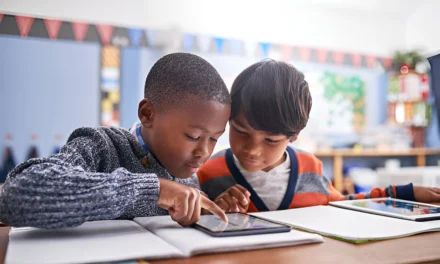
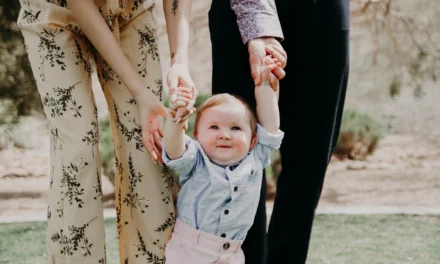
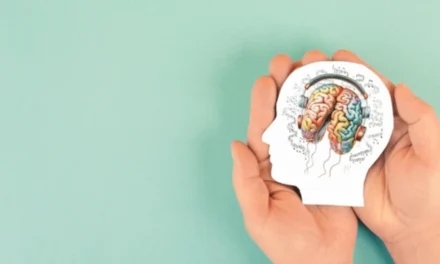
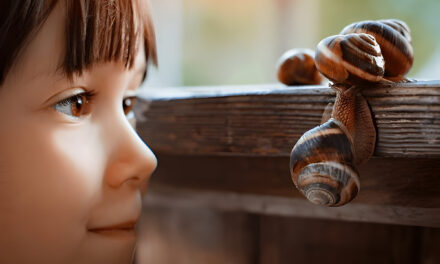
2tf18u
x9e9l5